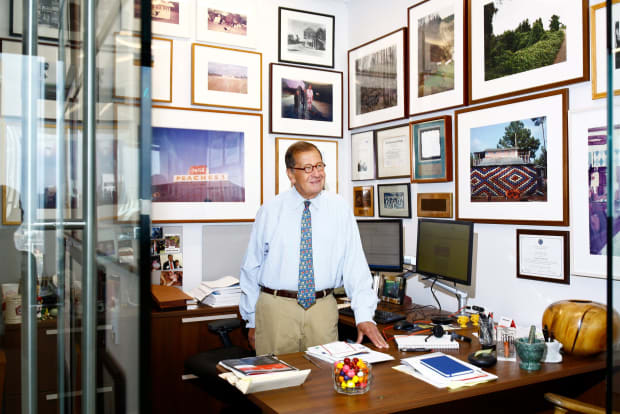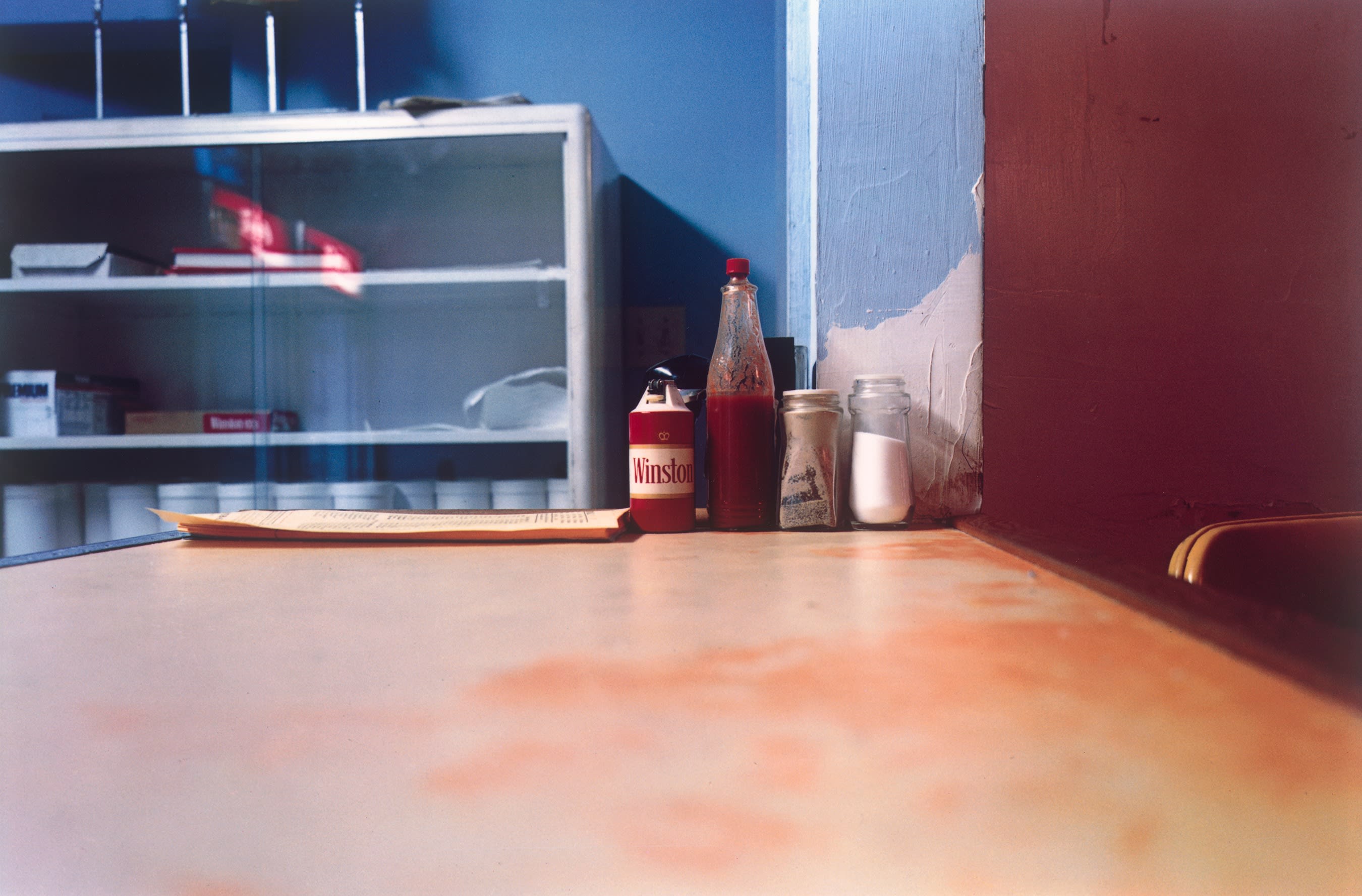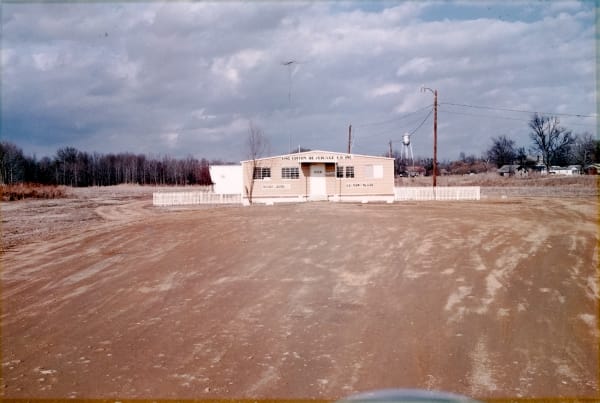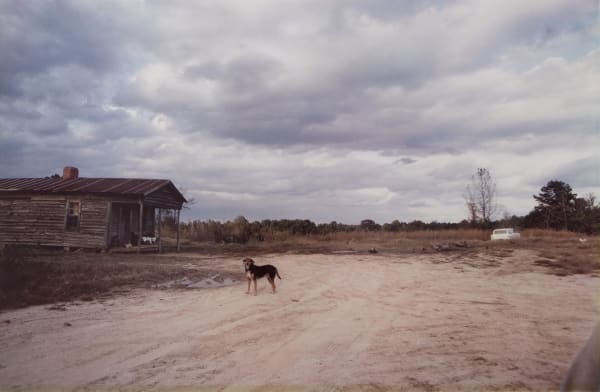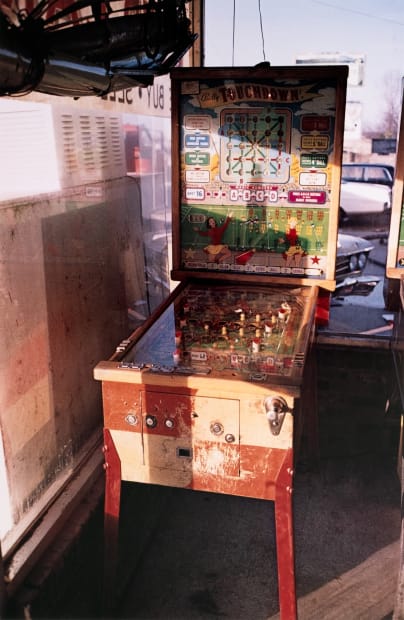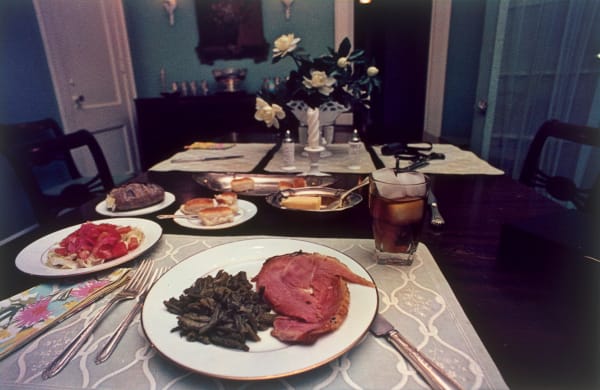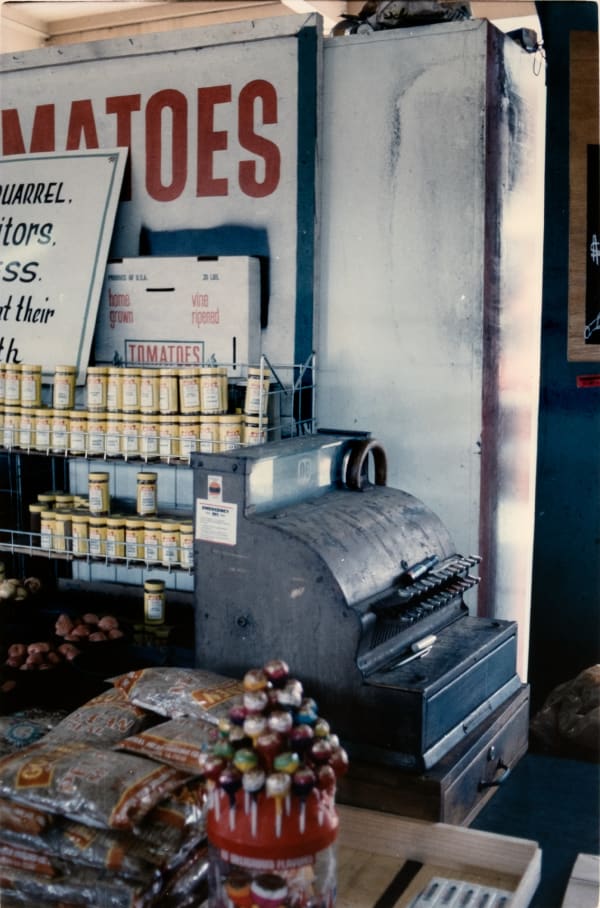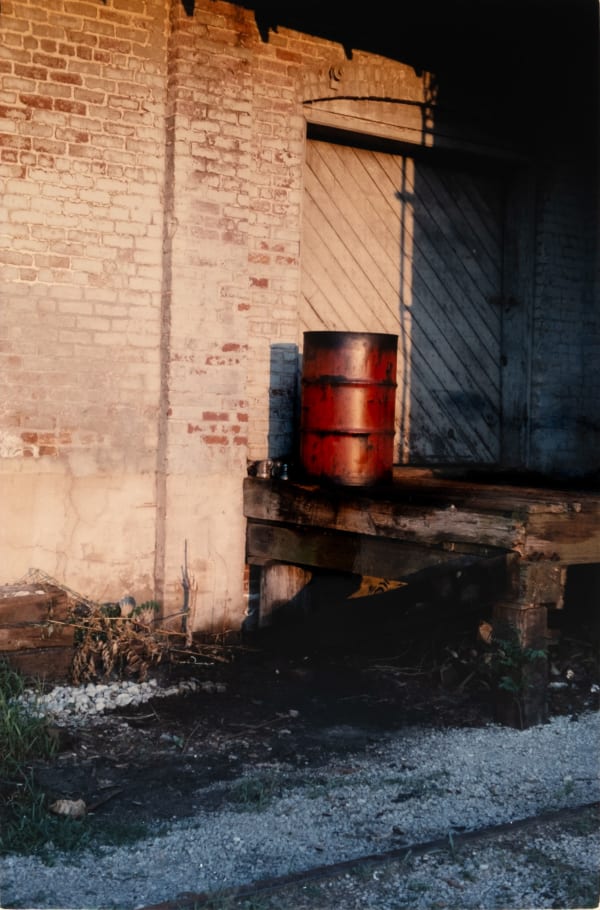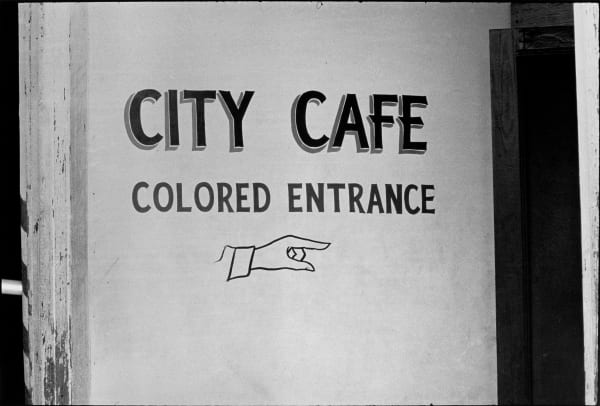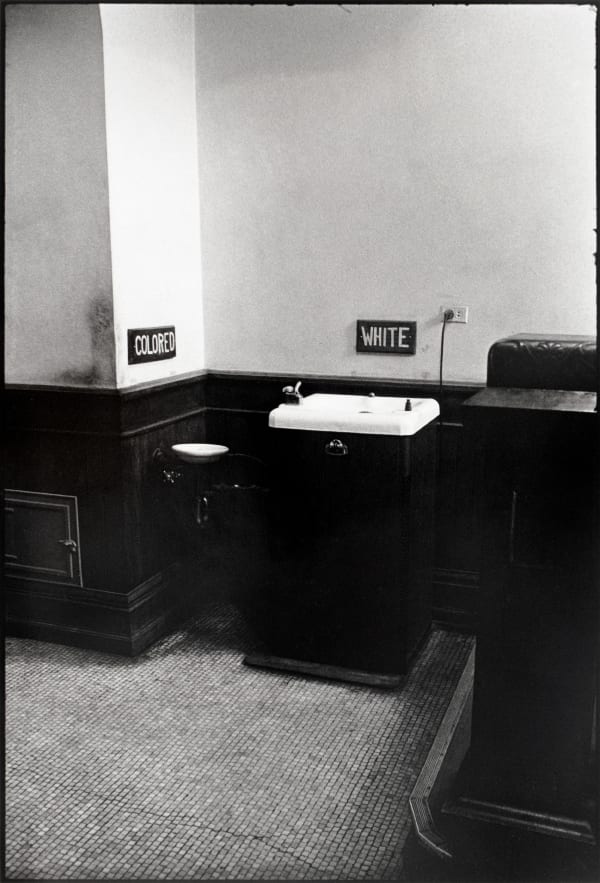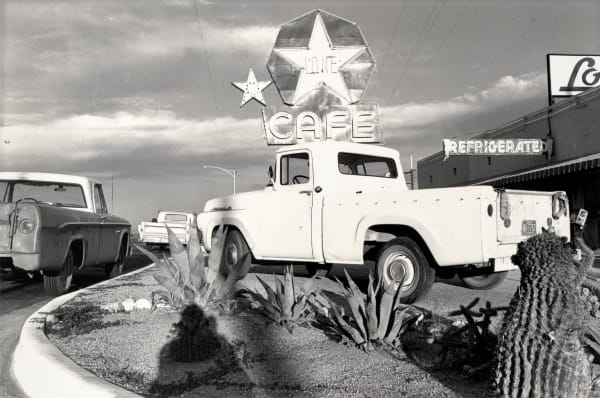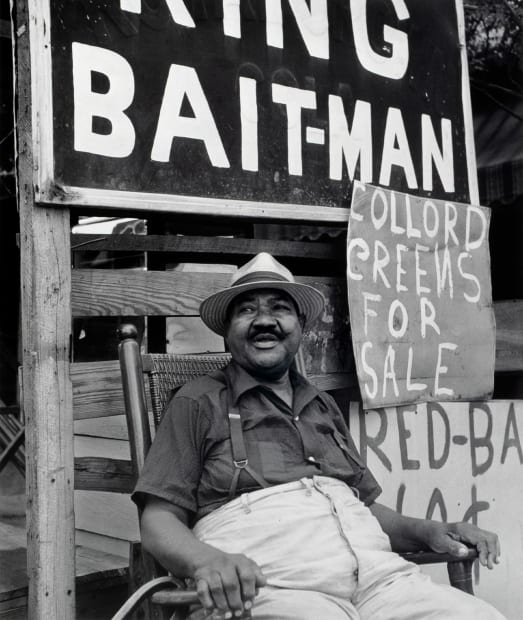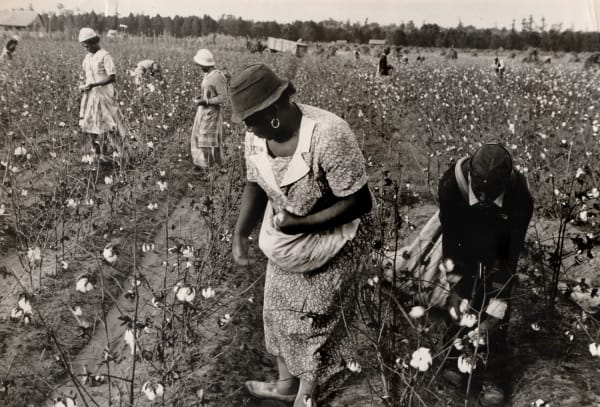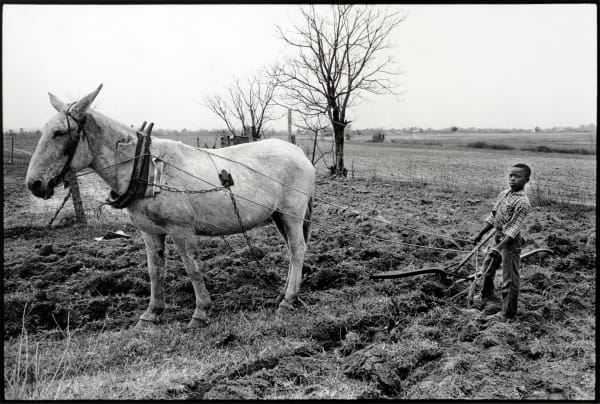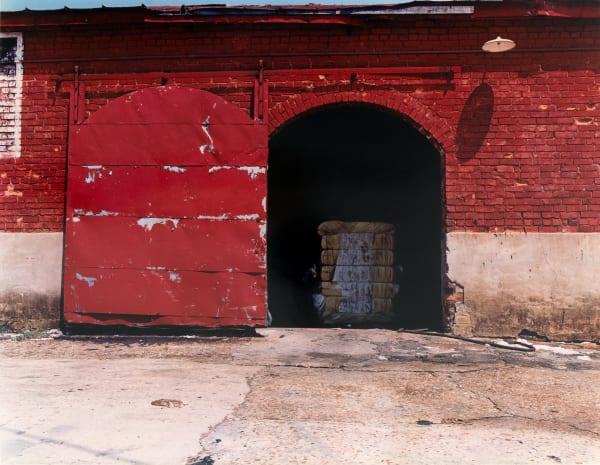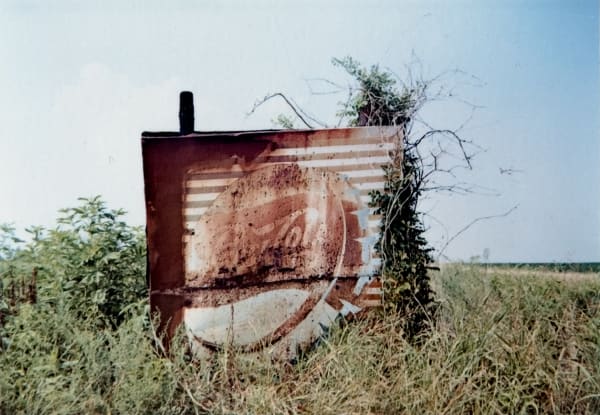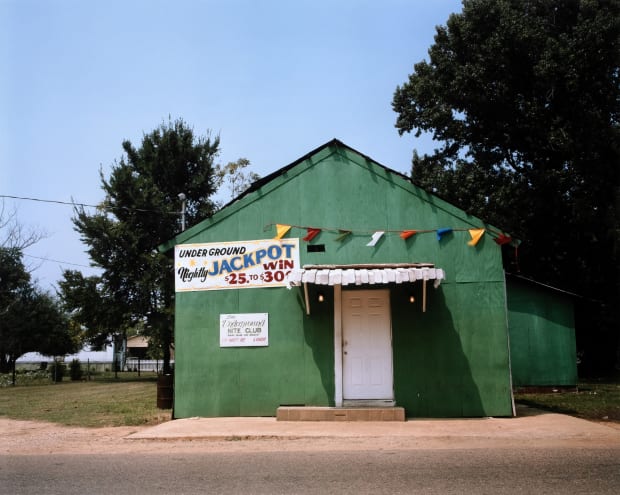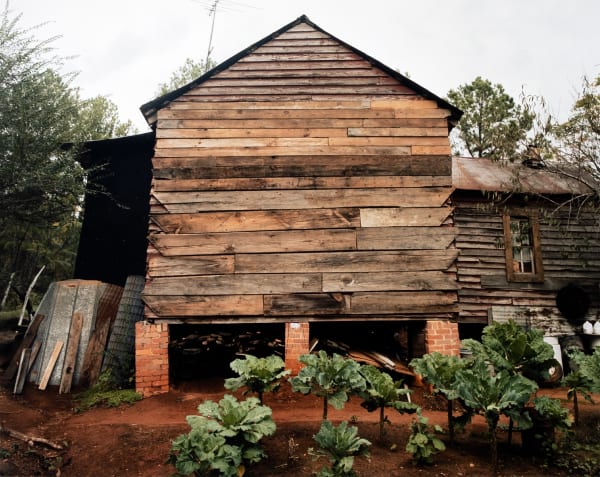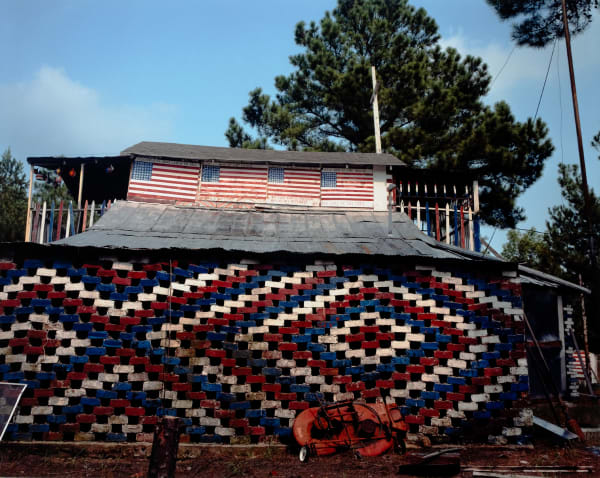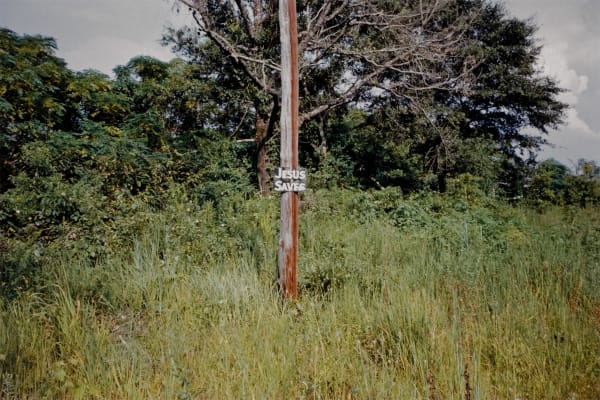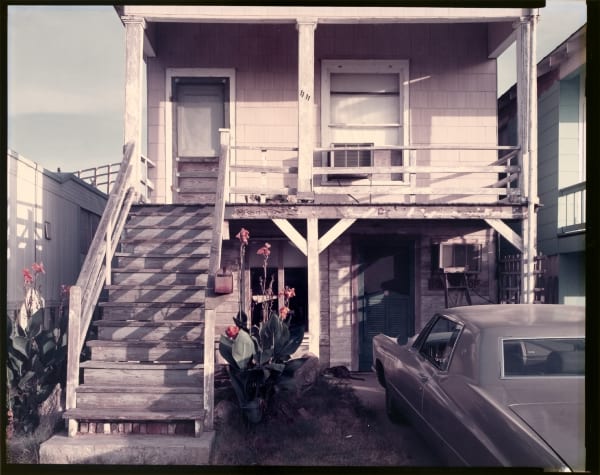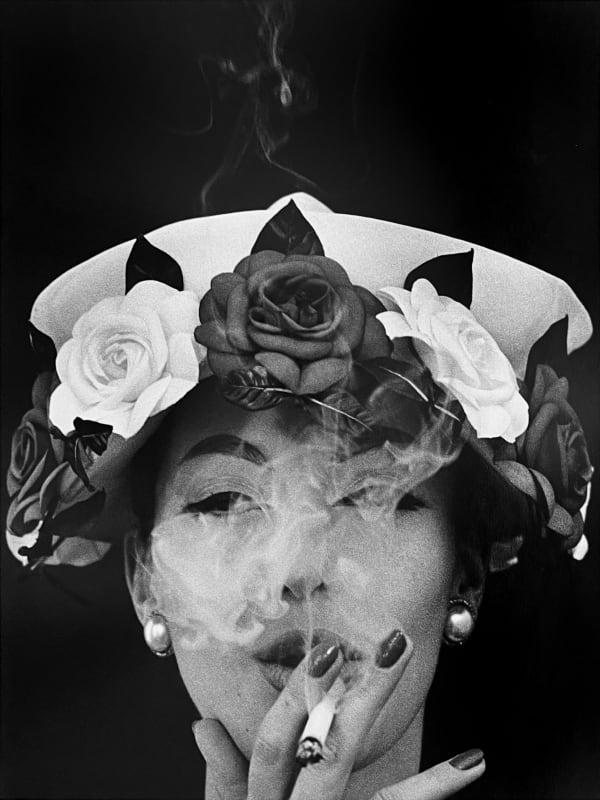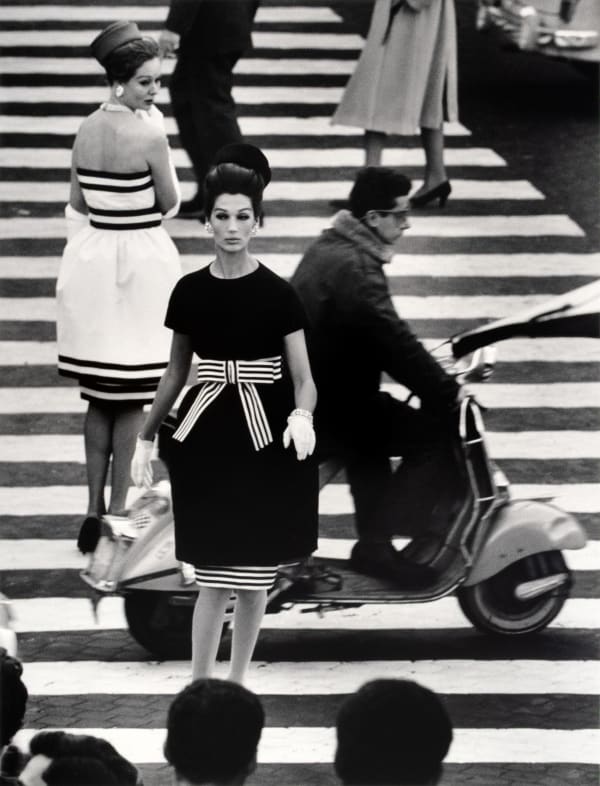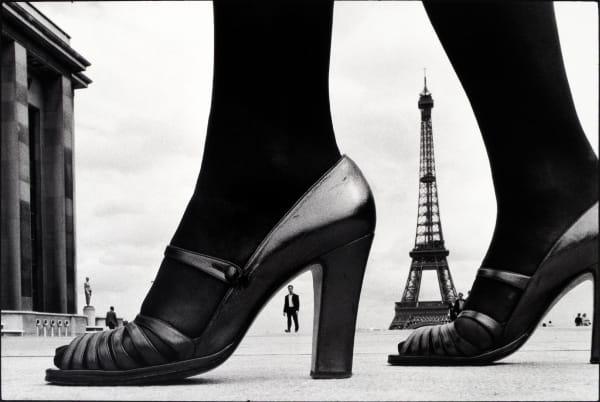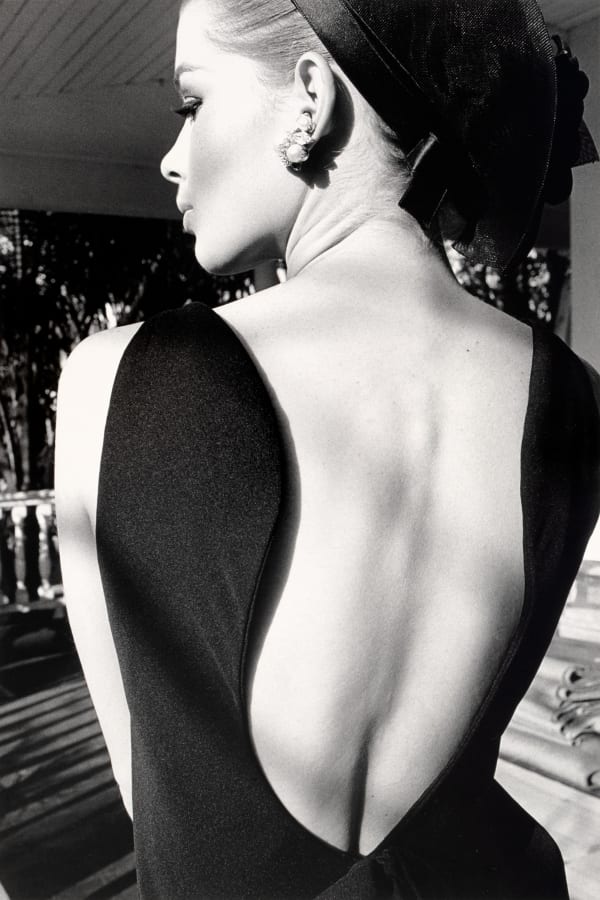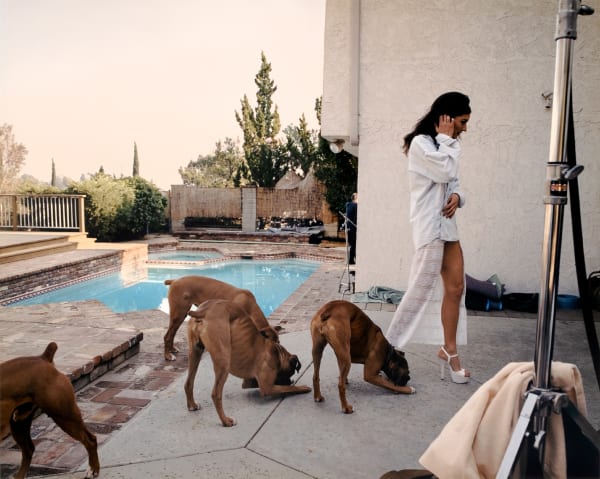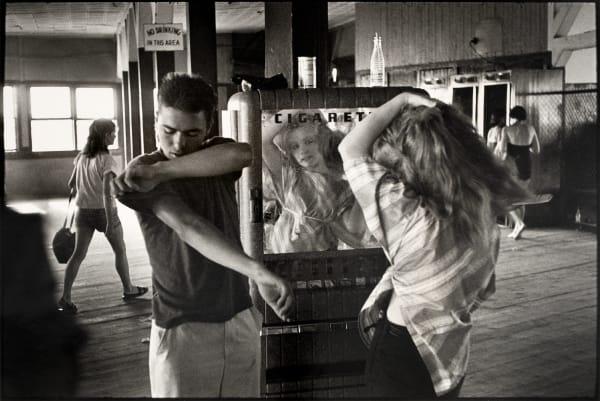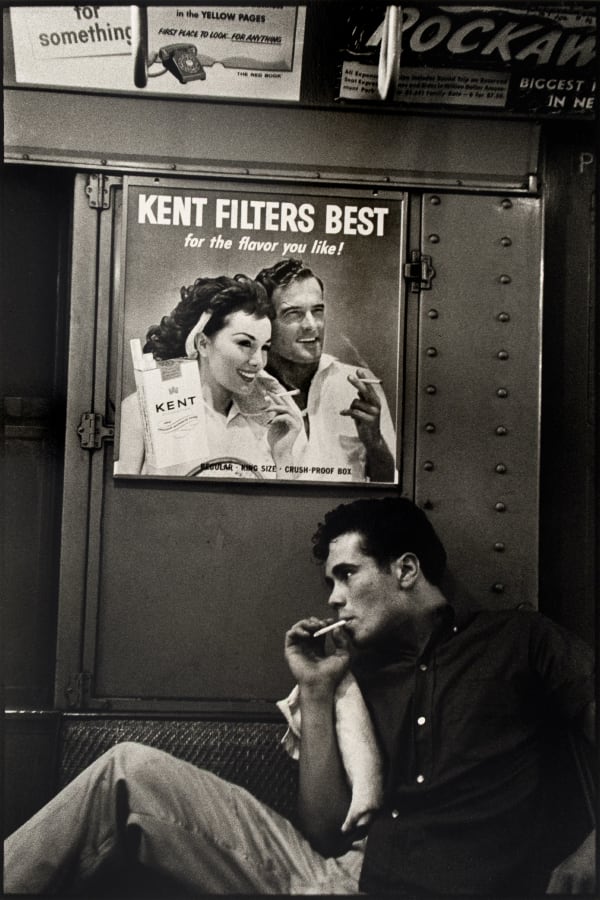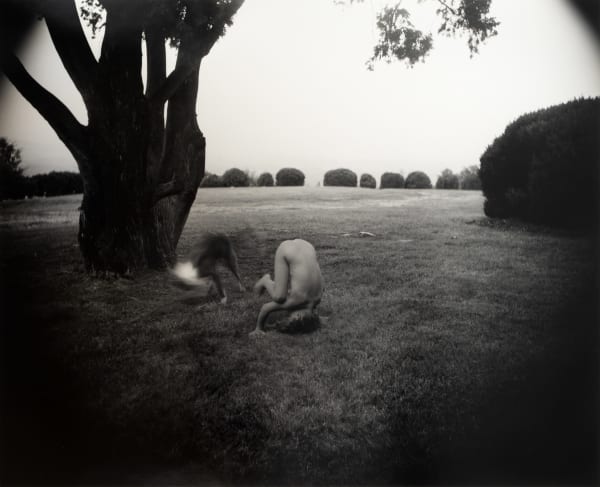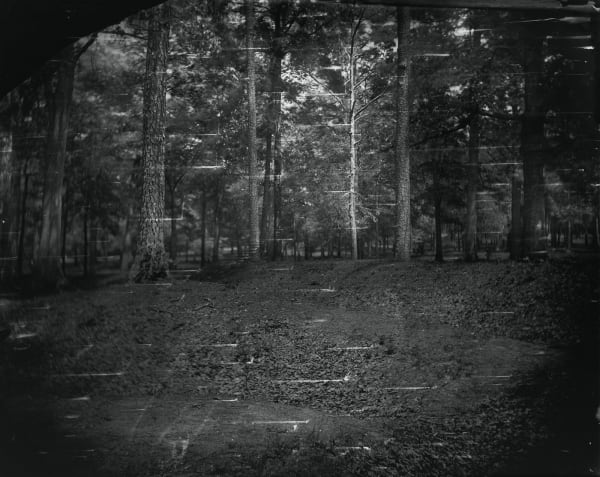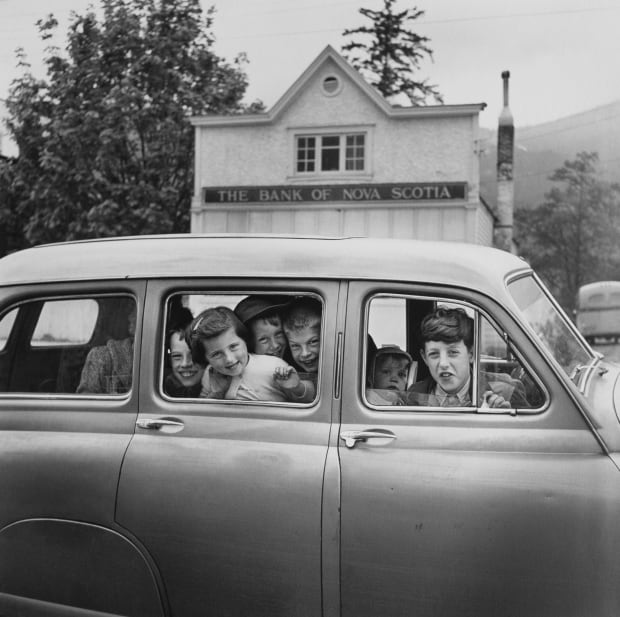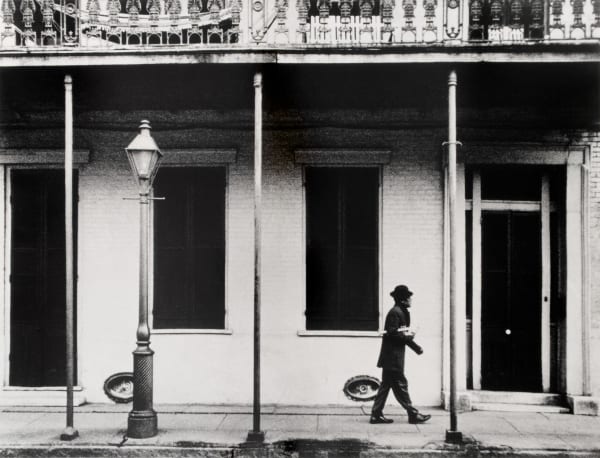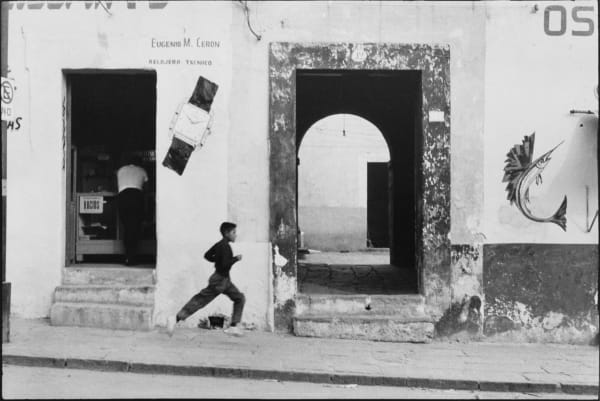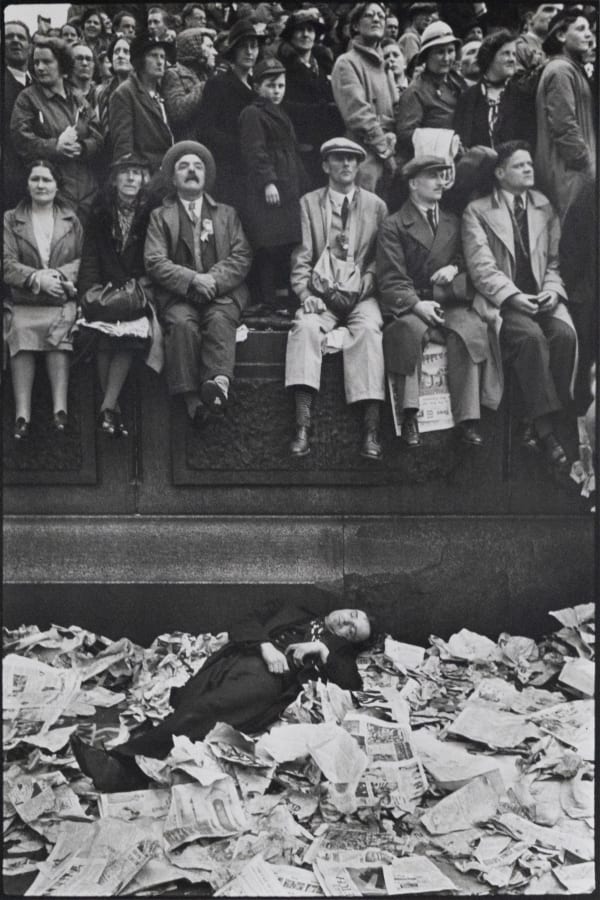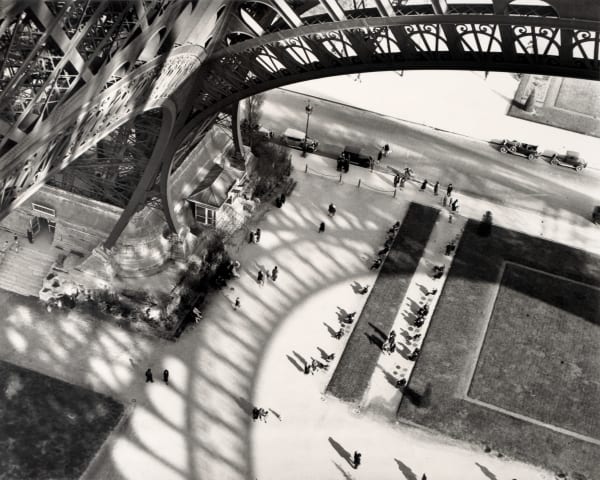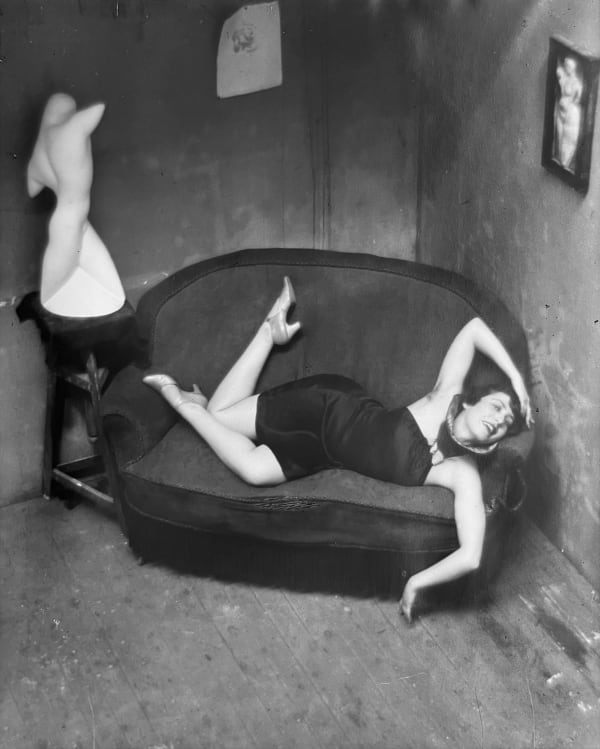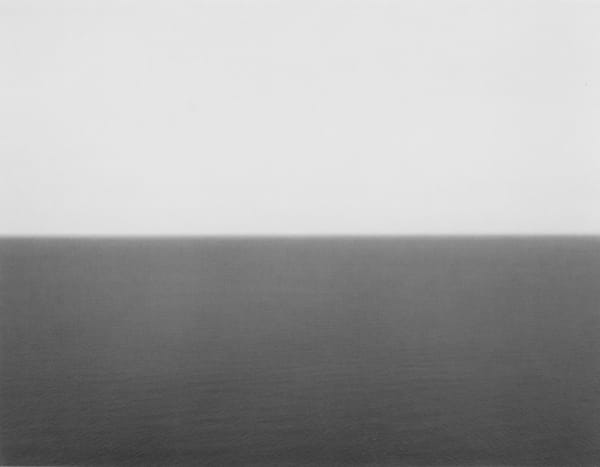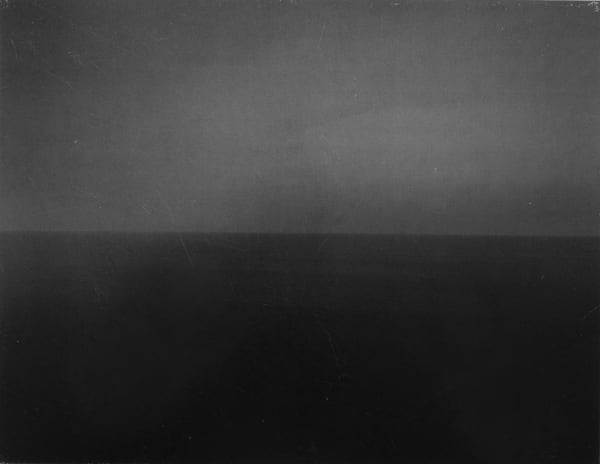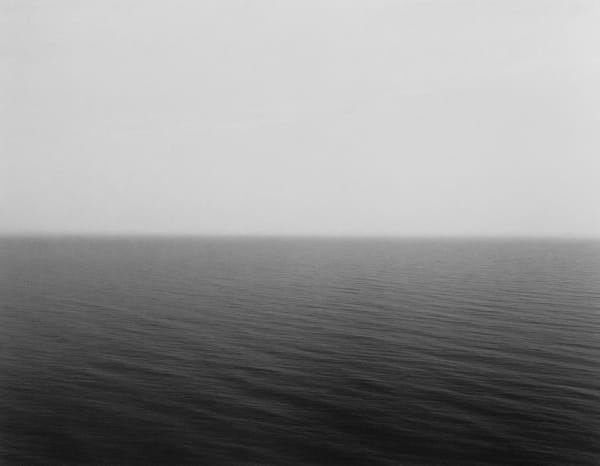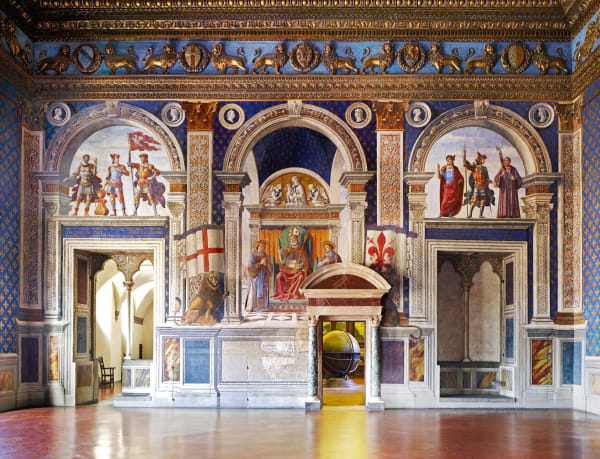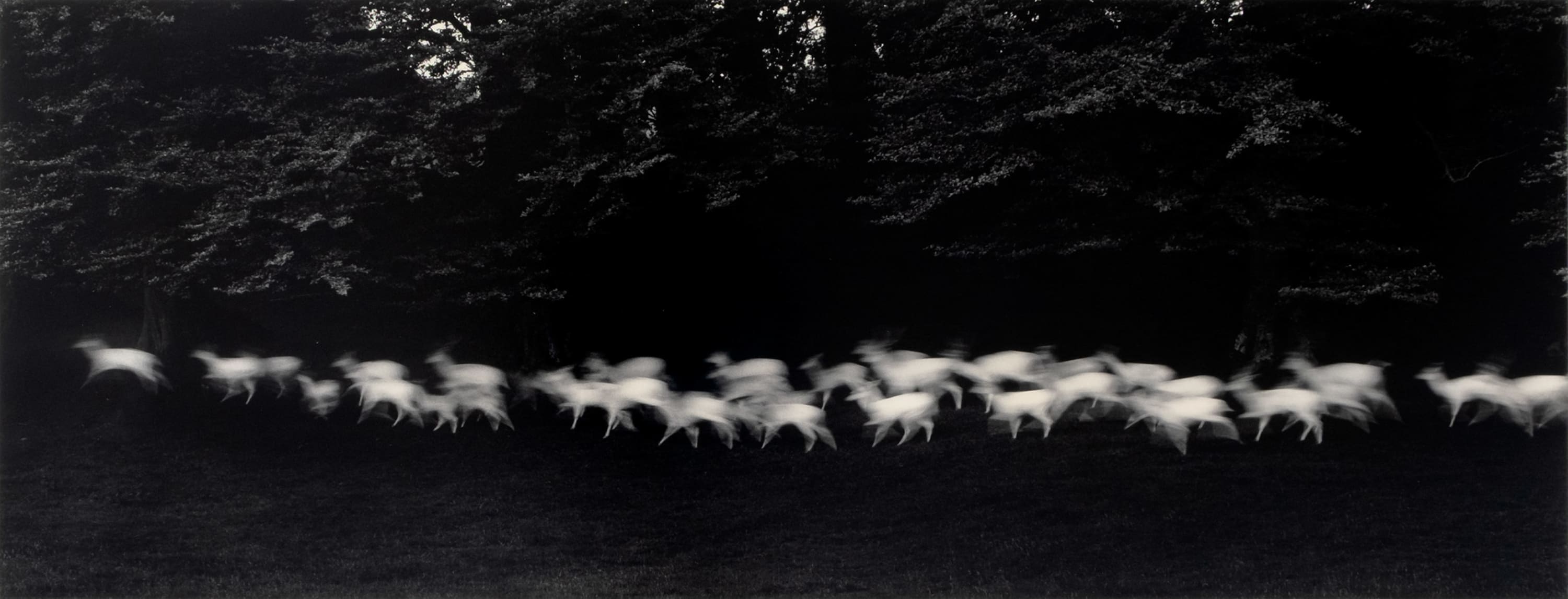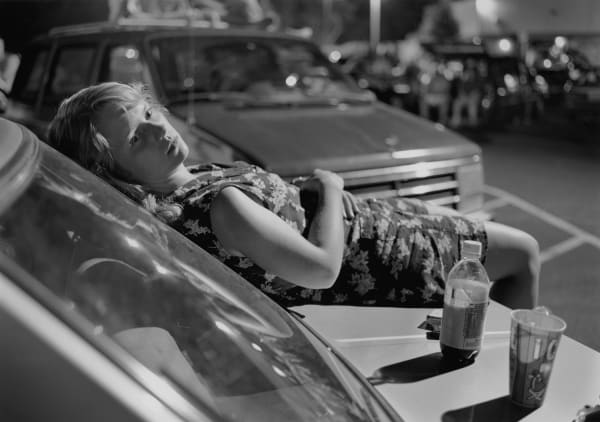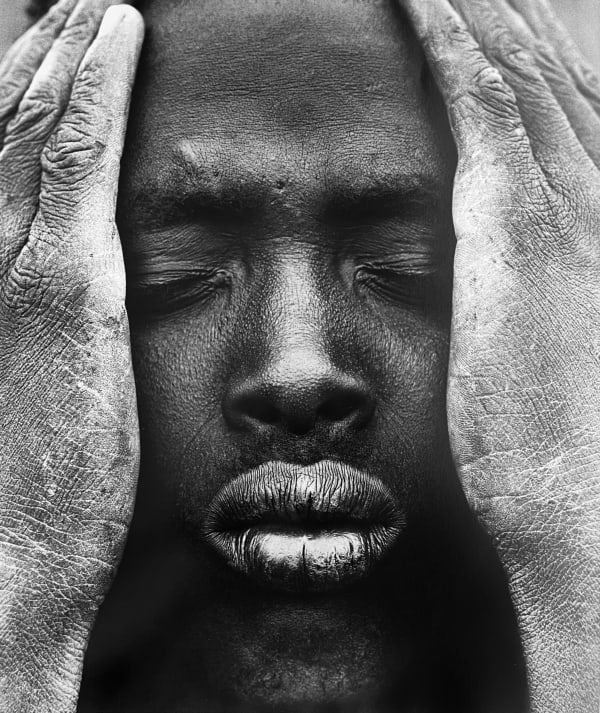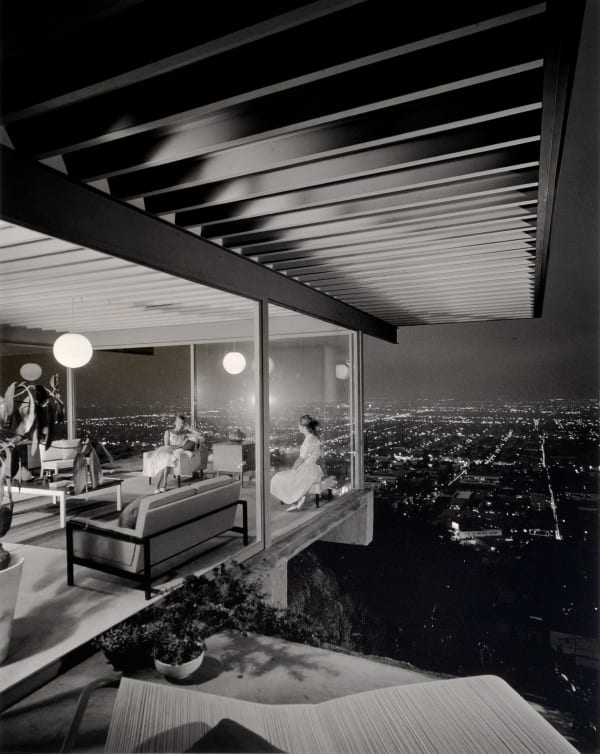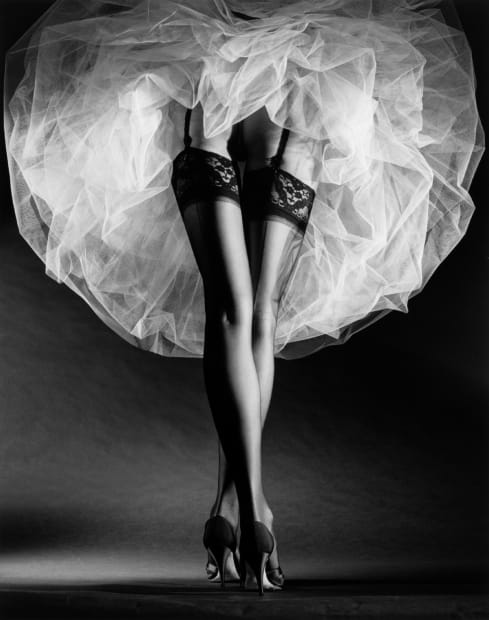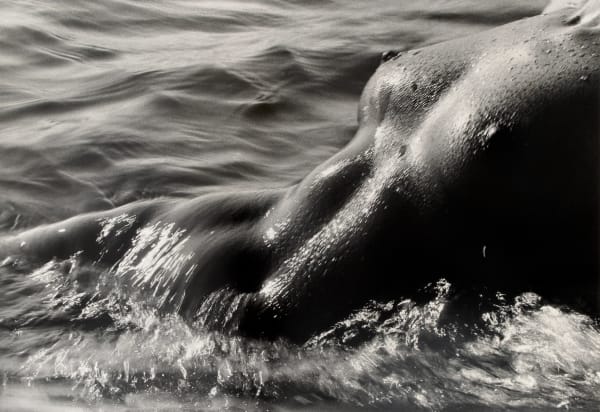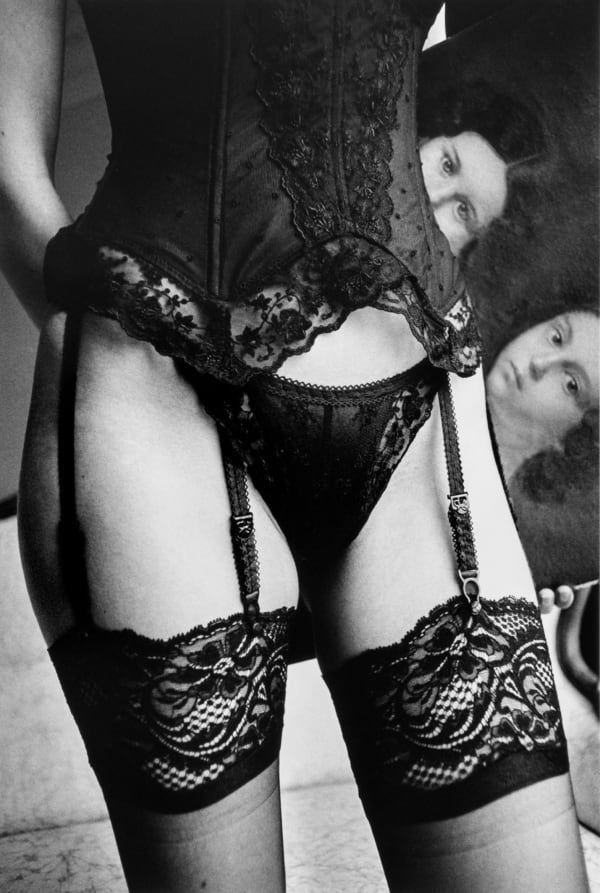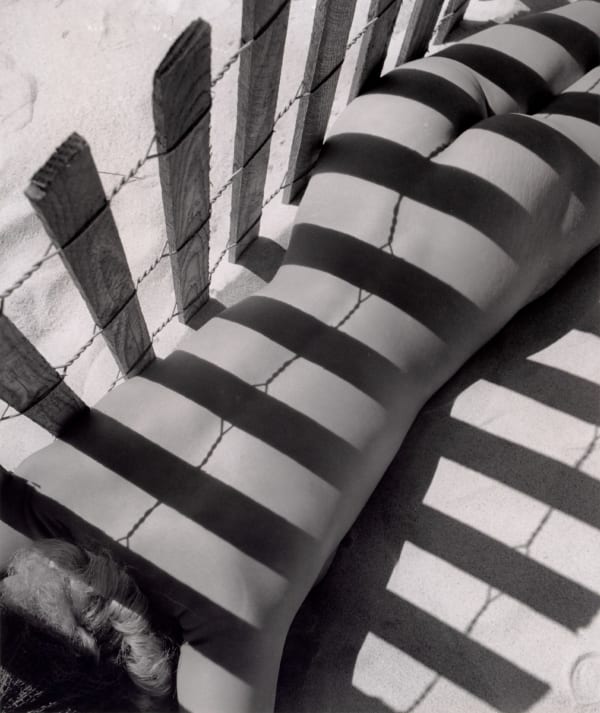-


-

-

Photographed by Melissa Golden for the New York Times
-
"I do not buy photographs for the potential appreciation in value;
I buy them because they please my eye."
-

William Eggleston
Untitled, Louisiana, 1980William Eggleston (b. 1939, American) is widely celebrated as the “Father of Color Photography.” Born and raised in Memphis, Tennessee, Eggleston developed his approach independently, trusting his instincts over formal training despite early exposure to modern and Pop art. Influenced by Robert Frank and Henri Cartier-Bresson’s conviction that even the most ordinary subject could yield extraordinary images, he began experimenting with color transparency film in the late 1960s and forever changed how we see the everyday.
At age thirty-nine, Eggleston’s first solo museum exhibition, Photographs by William Eggleston (later retitled Color Photographs), debuted at the Museum of Modern Art in 1976. Curated by John Szarkowski, the show provoked initial shock and skepticism but ultimately legitimized color photography as a fine-art medium. His “democratic” lens turns gas stations, diners, and suburban streets into lush, vividly saturated tableaux, revealing beauty and complexity in the ordinary.
Eggleston’s focus on the South endures in his meticulous documentation of place and time. Over decades, his images have captured the region’s lush diversity and subtle decay, all rendered with archival permanence through his championing of the now extinct dye-transfer process. Initially intrigued by the commercial use of dye-transfers for highly saturated advertising images, he immediately recognized its potential for his own work. By separating cyan, magenta, and yellow dyes in three controlled layers, dye-transfer prints achieve a wider color gamut and deeper tonal range than standard chromogenic prints - qualities essential to Eggleston’s painterly vision. Beyond its vivid saturation, dye-transfer prints are celebrated for their archival permanence.
-

-
-

Gordon Parks
Drinking Fountains, Mobile, Alabama, 1956Silver gelatin print
Image: 8 3/4 x 13 15/16 inches
Paper: 11 1/8 x 14 inchesSigned in ink with annotations in pencil verso -

-
“I do not spend much time learning about the artist, or the history of a particular piece. Generally, my focus has been rural southern but not exclusively. I guess I have been lucky to have been introduced to the work of Walker Evans, Eggleston and Christenberry early in my collecting adventure. Thanks to Jay Crouse, Jane Jackson and Anna for guiding me.”
- Andy Ghertner
-

William Christenberry
Red Building in Forest, Newborn, Alabama, 1983William Christenberry (American, 1936–2016) was a prominent American artist whose work spans photography, painting, sculpture, and assemblage. Born and raised in Tuscaloosa and Hale County, Alabama, his practice was deeply rooted in a personal connection to the Southern landscape and its cultural history. Christenberry’s photographs frequently depict vernacular architecture - tenant-farm houses, gas stations wrapped in tar-paper, and peeling façades - acting as a visual diary of decay and renewal over time.
Encouraged by Walker Evans and influenced by Evans’ and James Agee’s 1941 book Let Us Now Praise Famous Men, based on the pair’s travels in Hale County, Alabama, Christenberry continued photographing the county returning annually to the same sites. He patiently documented the subtle shifts in color, texture, and form. His color images transformed humble roadside structures into poetic meditations on memory and place.
Beyond photography, Christenberry translated these Southern motifs into small-scale sculptures and assemblages, carving and painting wood and Plexiglas to echo the layered histories of his subjects. His interdisciplinary approach helped establish color photography as a fine-art medium, and his work has been featured in major retrospectives—from the High Museum of Art’s Time & Texture survey to the Smithsonian American Art Museum—cementing his legacy as a chronicler of the South’s enduring spirit
-
-

-
-

-

Irving Penn
Mermaid Dress (Rochas), Lisa Fonssagrives-Penn, 1950Irving Penn (American, 1917–2009) was a visionary photographer whose spare, meticulously composed images transformed fashion, portraiture, and still lifes into modern art. Born in Plainfield, New Jersey, he studied design under Alexey Brodovitch at the Philadelphia Museum School of Industrial Art (1934–38) before joining Vogue’s art department in 1940 and producing his first cover in 1943. Eschewing elaborate sets, Penn photographed his subjects, models, celebrities, indigenous peoples, and ordinary objects, against seamless backdrops. Over seven decades, his elegant studio portraits, fashion spreads, and ethnographic studies established him as one of the 20th century’s most influential photographers, and his work continues to be celebrated and exhibited worldwide.
Penn’s Rochas Mermaid Dress (Lisa Fonssagrives-Penn), Paris, 1950 is an example of his groundbreaking fashion work for Vogue. Commissioned in July 1950 to document Paris’s fall couture collections, Penn photographed Lisa Fonssagrives-Penn, the era’s most celebrated model and Penn’s soon-to-be wife wearing Marcel Rochas’s “Mermaid” gown. This image was featured in the Metropolitan Museum of Art’s Irving Penn Centennial exhibition, which then traveled to several leading European institutions. Its formal elegance and Penn’s meticulous placement of the model perfectly demonstrate how he transformed haute couture into fine art.
-

Annie Leibovitz
Brian Wilson, Beverly Hills, California, 2000Chromogenic dye coupler print mounted to sintra
40 x 55 1/4 inches
Edition 5 of 40 -

-

-
In the wake of Rosa Parks’ defiance and the ensuing Montgomery Bus Boycott, Life magazine commissioned Gordon Parks (American, 1912-2006) to document everyday racial tensions in the Jim Crow South. His resulting photo-essay, “The Restraints: Open and Hidden,” appeared in the September 1956 issue, featuring 26 color images of the Thornton, Causey, and Tanner families in Mobile and Shady Grove, Alabama. Parks captured his subjects both in designated “colored” spaces, water fountains, shops, theaters, and in their own homes, revealing how ordinary life under segregation mirrored that of their white neighbors, but within the confines of second-class citizenship.
The essay’s impact was immediate and profound: after publication, the featured family had their home and belongings confiscated, and Parks himself narrowly escaped an ambush. Despite its power, this body of work faded from public view until 2012, five years after Parks’ death, when the Gordon Parks Foundation unearthed over 70 original color transparencies labeled “Segregation Story.”
Unlike many contemporaries who focused on protests or prominent activists, Parks honed in on the quiet realities of routine racism. By photographing these moments in vivid color, he infused his subjects with vitality and humanity, creating a moving document of Black America’s community, pride, and resilience in the face of systemic injustice.
-
-
Bruce Davidson (American, b. 1933) is widely regarded as one of the most influential American documentary photographers of the past fifty years, offering a fresh perspective on a nation often depicted in uniform snapshots by publications like Life and Look. Brooklyn Gang, Davidson’s first major project, was shot in 1959 when he was just 26 years old. The series grew out of six months he spent living alongside the Jokers, a teenage street gang in what was then an impoverished, predominantly Irish block of Park Slope, now one of Brooklyn’s most coveted neighborhoods.
Davidson’s subjects mostly Catholic school students and school dropouts might have been fifteen years old while he was twenty-six, but he recognized in them a reflection of his own youthful restlessness. “I began to feel their isolation and even my own,” he recalled. His black-and-white photographs capture both the gang’s tight-knit camaraderie and the undercurrent of alienation that defined their lives. By hanging out on street corners, in neighborhood candy stores, and at Coney Island with their girlfriends, Davidson became, in his words, “an outsider on the inside,” forging a bond that allowed him to record these intimate, unguarded moments.
-
Elliott Erwitt’s (American, born Elio Romano Erwitz, Paris 1928–2023) career began unusually early: born Elio Romano Erwitz in Paris to Russian-Jewish émigré parents, he was taking photographs by age six and had taught himself the craft by his teens while shooting weddings in Los Angeles. Drafted into the U.S. Army in 1951, he served as a photographer in France and Germany before moving to New York, where a chance meeting with Robert Capa led to his invitation to join Magnum Photos in 1953.
Elliott Erwitt’s career spans more than seven decades and is marked by an uncanny ability to reveal humor and irony in everyday life. His signature black-and-white images, ranging from candid celebrity portraits to playful dog studies, are celebrated for their spontaneous wit and compositional precision. Whether capturing the tenderness of a sleeping child or the perfectly timed leap of a dog, his work balances documentary rigor with a lighthearted sensibility.
Over more than seven decades, Erwitt’s work has appeared in Life, Look, and Holiday, and has influenced generations of photographers with its wit, timing, and the subtle commentary embedded in seemingly ordinary scenes.
-
“For a photograph to be good it must have balance, form, and substance. But to be very good it must also have indefinable magic.”
- Elliott Erwitt
-

Joseph Szabo
Priscilla, Jones Beach, 1969Silver gelatin print
11 x 14 inches
Image: 8 1/4 x 12 1/4 inches
Paper: 10 3/4 x 13 15/16 inches
Edition 2 of 75 -

-
-

Sebastião Salgado
The construction of the Rasuna complex in the commercial and financial district of Kuningan, Jakarta, Indonesia, 1996Silver gelatin print
Image: 11 13/16 x 17 9/16 inches
Paper: 15 15/16 x 19 13/16 inches -
“To take a photograph means to recognize, simultaneously and within a fraction of a second‚ both the fact itself and the rigorous organization of visually perceived forms that give it meaning.”
- Henri Cartier-Bresson
-

-

Josef Koudelka
Rumania (gypsy and horse), 1968Silver gelatin print
Image: 13 3/4 x 21 1/8 inches
Paper: 20 x 23 13/16 inches -
-

-

Stephen Shore
Back Road, Presidio, Texas, 1975Stephen Shore (American, b. 1947) began photographing at age six and by his teens had already attracted the attention of Edward Steichen, who acquired three of his prints for MoMA when Shore was just fourteen. In 1958, Shore discovered Walker Evans’s book American Photographs, which introduced him to a descriptive visual language of place. From 1965 to 1967, he worked at Andy Warhol’s Factory, an experience that fused documentary and conceptual approaches and helped shape the restrained, observational style he would later perfect. In 1971 - at only twenty-four - he became the first living American photographer to have a solo exhibition at the Metropolitan Museum of Art.
In 1975 his work was selected for Selected for the landmark New Topographics exhibition first shown that the George Eastman House.
During the 1970s, Shore pioneered color photography as a serious art form. He embarked on several road trips across North America between 1973 and 1979, using a large-format view camera to capture everyday scenes - hotel pools, televisions, gas stations, parking lots, and empty back roads. These images, collected in his landmark book Uncommon Places (Aperture, 1982), transform banal environments into carefully considered studies that evoke memory and place.
Stephen Shore along with a few others helped legitimize color photography as an artistic medium. Today he continues to influence generations of photographers both through his ongoing practice and his role as director of the photography program at Bard College.
-
-

Paul Caponigro
Running White Deer, County Wicklow, Ireland, 1967Silver gelatin print mounted to museum board
Image: 7 1/14 x 19 inches
Paper: 14 x 26 inches -

-



